Best Pond Pump Information 2021
Pumps keep the water in your pond healthy. They help evenly spread nutrients in the water to fish, plants and other aquatic life. Running water prevents stagnation and cuts down on algae and mosquitoes. Keeping the water moving ensures that oxygen levels are distributed throughout the pond. Pumps also provide power for a pond’s water features, like waterfalls and fountains.
This guide will help you learn about the best pond pumps for your garden.
~
The best water pumps for your pond and its fountain or waterfall come in variety of types and styles. They include submersible, external, magnetic drive and direct drive. Each of these water garden pumps offers its own advantages.
Submersible Pumps: These pumps are designed to work while wholly submerged in water. Typically, they are installed in the deepest part of the pond. Submersible pumps can be placed either directly into your pond or in a skimmer box or pond vault.
- Easy to install.
- Work well in environments that capitalize on a natural setting.
- No need to camouflage the pump.
- Run very quietly so there’s no distracting noise in your garden.
- Submersible pumps can be used to drain your pond, if needed.
- Range in pumping size from 50 to 5,000 gallons per hour.
- Can generate higher energy costs than other pump types.
- For smaller ponds, submersible pumps are generally more economical.
Tip: Some submersible pumps use oil to operate. If the pump seal breaks and leaks harmful oil coolant into the water, fish can be hurt or killed. If you have fish or other aquatic life in your pond, you’ll want to look for a submersible model that does not use oil.
External Pumps: External pumps can move a high volume of water, yet usually have lower energy costs than submersible pumps. They are not as quiet as submersible pumps. They should be placed in a dry location near your pond. External pumps are a lot more complicated to install. However, they are generally more reliable.
- Available as self-priming pumps able to draw their own water.
- Can be loud, disturbing the quiet of your garden.
- Work well for larger ponds that are 1,000 gallons or more.
- Offer long-lasting performance and easy repair.
- Require less routine maintenance than submersible pumps.
Tip: Pumps that are not self-priming can burn out a motor if the power shuts off momentarily and then comes back on. Protect against this by installing a check valve.
Magnetic Drive: In a magnetic-drive pump, an electrical charge creates a magnetic field that causes the magnet on the impeller to rotate and pump water. Since they have no seals to wear out, they require little maintenance. Occasionally, you will need to clean the impeller and its chamber for the most efficient operation.
- Completely sealed. Magnetic-drive pumps do not require lubrication.
- Because they don’t contain oil, magnetic-drive pumps are safer for ponds with fish, since oil leaks don’t occur.
- Don’t generate high head heights. Magnetic-drive pumps are unable to lift pond water vertically, which you might need to supply water to a fountain. They are not the best water pumps for fountains.
- Work best in cleaner environments with little or no debris.
- Highly efficient and cost-effective.
Direct Drive: Direct-drive pumps have an enclosed motor that is powered by electricity, which turns the impeller shaft.
- Achieve significant head height, so they are able to move water vertically. They are among the best water pumps for fountains and waterfalls.
- Typically more expensive to operate.
- Push water rather than pulling it.
- Not easily repaired.
Tip: Some models seal the motor in an oil-filled shell with seals around the cord and impeller shaft. These are risky to use if you have a pond stocked with fish. There is an ever-present danger of water contamination if a leak occurs. Many newer pumps, however, feature alternative lubrication that is safe for fish. Look for oil-free models if you have fish or other aquatic life in your pond.
Pond Pump Calculations
Pond Pump Features
Attracting Wildlife to Your Water Garden
Imagine stepping into your backyard and being greeted by a symphony of birdsong, the gentle croak of frogs, and the playful antics of colorful fish. This is the magic of a water garden teeming with wildlife. If you’re a nature enthusiast or simply looking to enhance the beauty of your outdoor space, attracting wildlife to your water garden can be a fulfilling and rewarding endeavor. In this comprehensive guide, we will explore the art of creating a thriving ecosystem in your water garden, the benefits it offers, and practical strategies to attract a diverse array of wildlife, from birds and butterflies to fish and amphibians.
Water Garden Landscaping Ideas: Elevate Your Outdoor Oasis
Indoor water features come in many different forms, from simple tabletop fountains to elaborate floor-to-ceiling waterfall installations. But what are they, and what are their benefits? Indoor water features are any type of water feature that is designed for indoor use. This means that they are often smaller and more subdued than their outdoor counterparts, but they can still be quite majestic. One of the main benefits of indoor water features is that they can help to boost your mood and well-being. The sound of running water is known to be very calming, and it can help to lower stress levels and promote relaxation. In addition, indoor water features can also help to purify the air in your home by releasing negative ions. These ions bind with pollutants and toxins in the air, helping to cleanse your home and improve your air quality. So if you’re looking for a way to improve your health and create a more relaxing environment in your home, consider adding an indoor water feature.
Winterizing Your Pond and Water Garden: Maintenance Tips
As the days grow shorter, and the temperature drops, it’s time to prepare your pond and water garden for the challenges that winter brings. Winterizing your water feature is essential to ensure the health and longevity of your aquatic ecosystem, protect your fish, and maintain the aesthetic appeal of your garden. In this comprehensive guide, we will delve into the various aspects of winterizing your pond and water garden, providing you with a step-by-step plan and maintenance tips to help you navigate the colder months successfully.

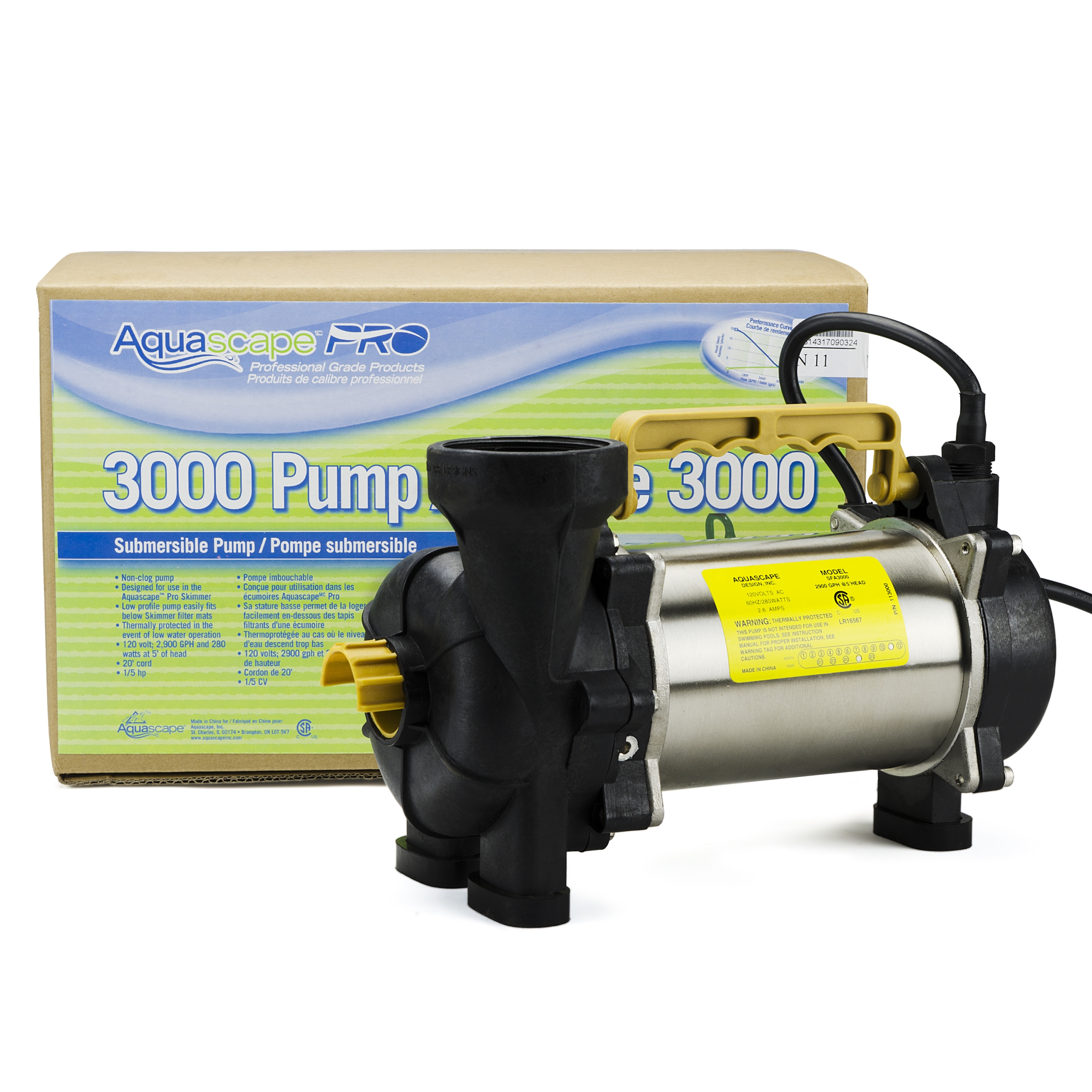
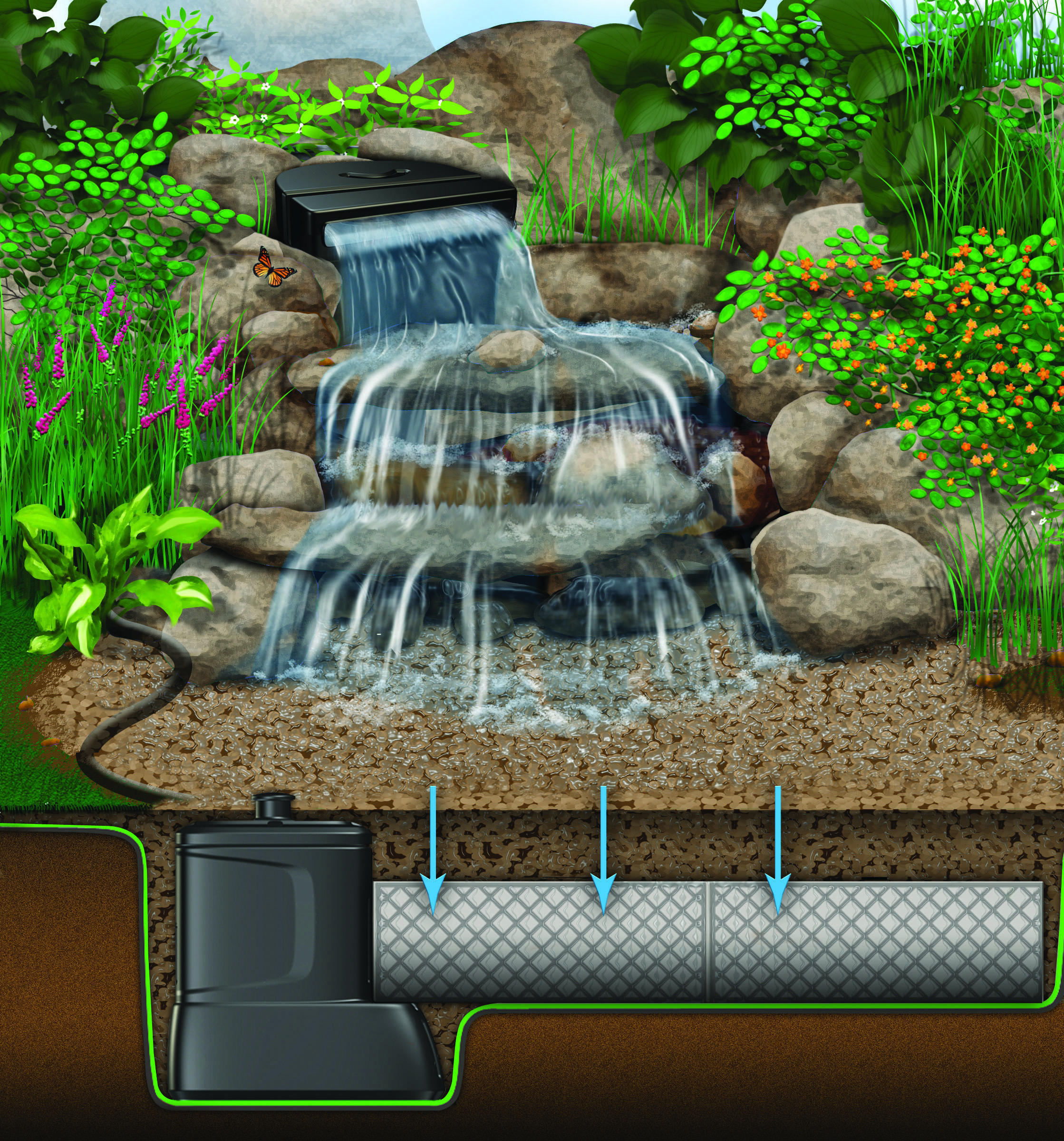
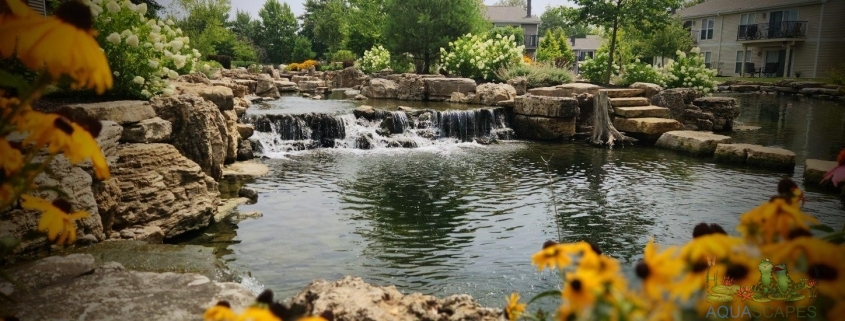
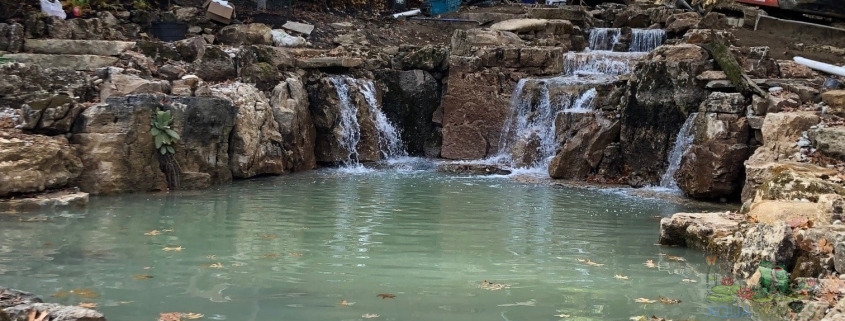 meyer aquascapes
meyer aquascapes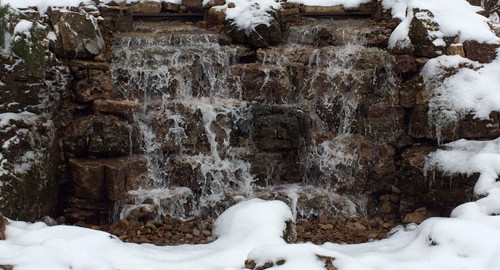 Meyer Aquascapes
Meyer Aquascapes
